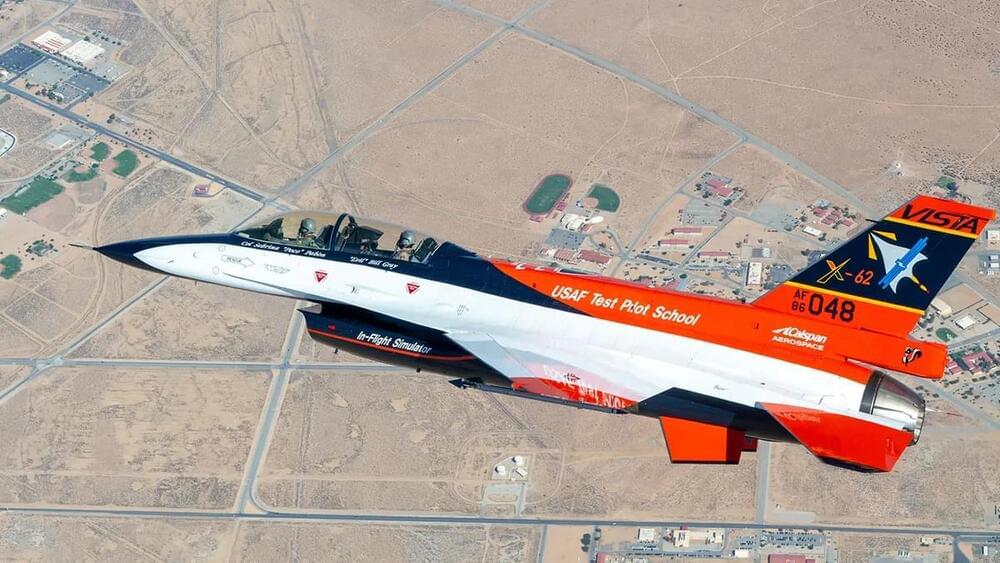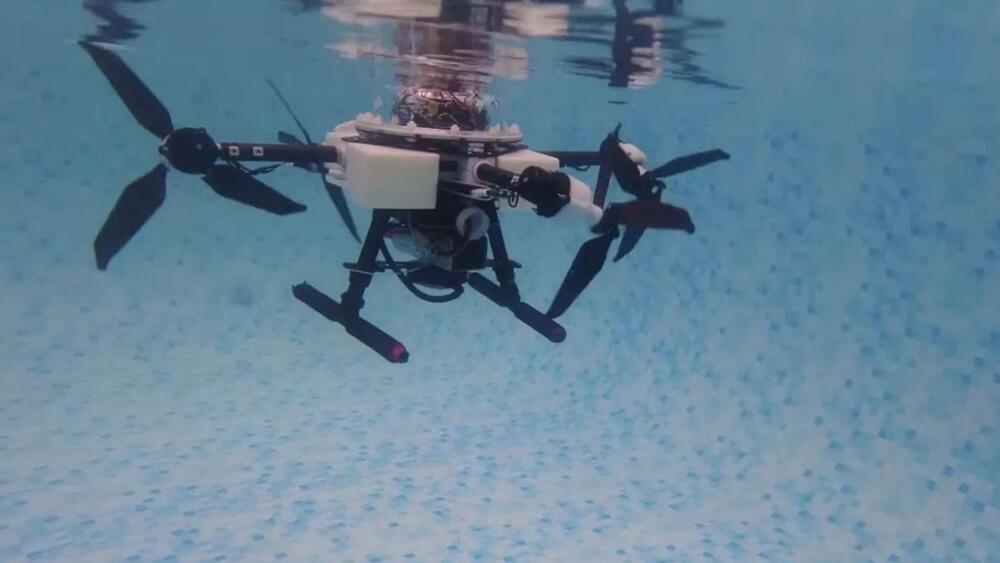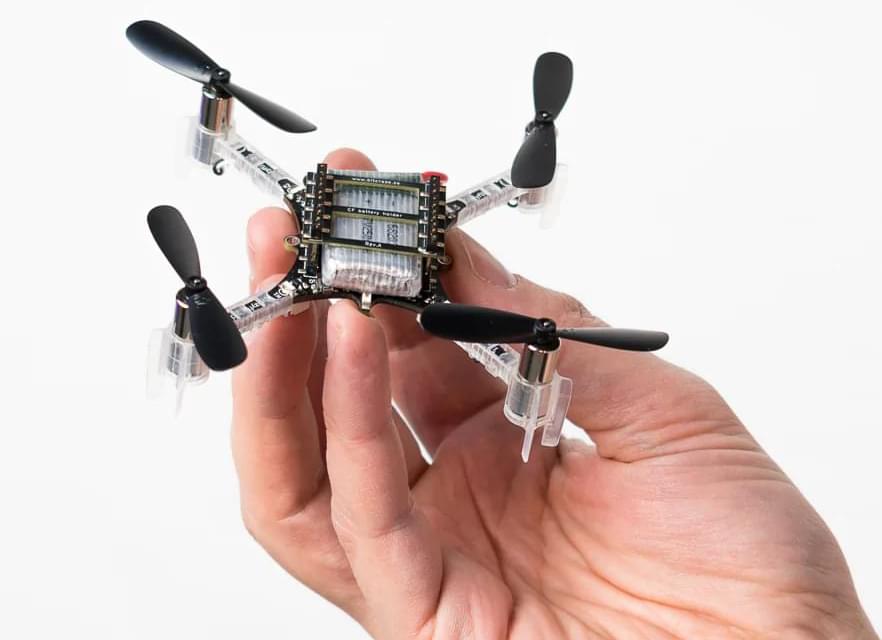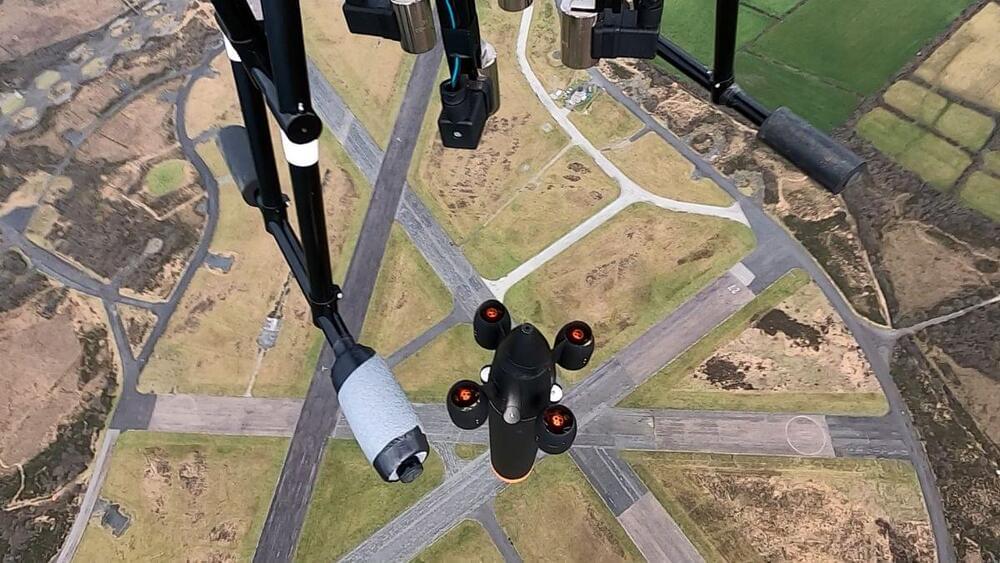The skies were clear as the VISTA X-62A — a one-of-a-kind training aircraft built by Lockheed Martin on an F-16 platform — soared over the Mojave Desert. The cockpit of the high-tech jet is littered with expensive and highly sensitive avionics that enable pilots to perform their missions. But the designers could have crammed in even more technology if it were not for the two pilot seats. Their wish might come true in the not-so-distant future. That’s because this was not your regular sortie.
The training jet was recently reported to have flown 17 hours entirely operated by an artificial intelligence (AI) system, which could open the floodgates for completely autonomous jet fighters and drones. This is the first time that an AI has flown a tactical aircraft for this long.
The VISTA X-62 is perhaps the most powerful and versatile training jet in the world. It’s essentially an upgraded F-16D with Block 40 avionics installed, but with a lot of room for installing and trying out different hardware quickly and easily, that mimics the flight controls of other aircraft, enabling the aircraft itself to act as its own ground simulator. Those who’ve flown the X-62 describe it as a Swiss army knife that they can use to attach lots of different things to the airplane.







